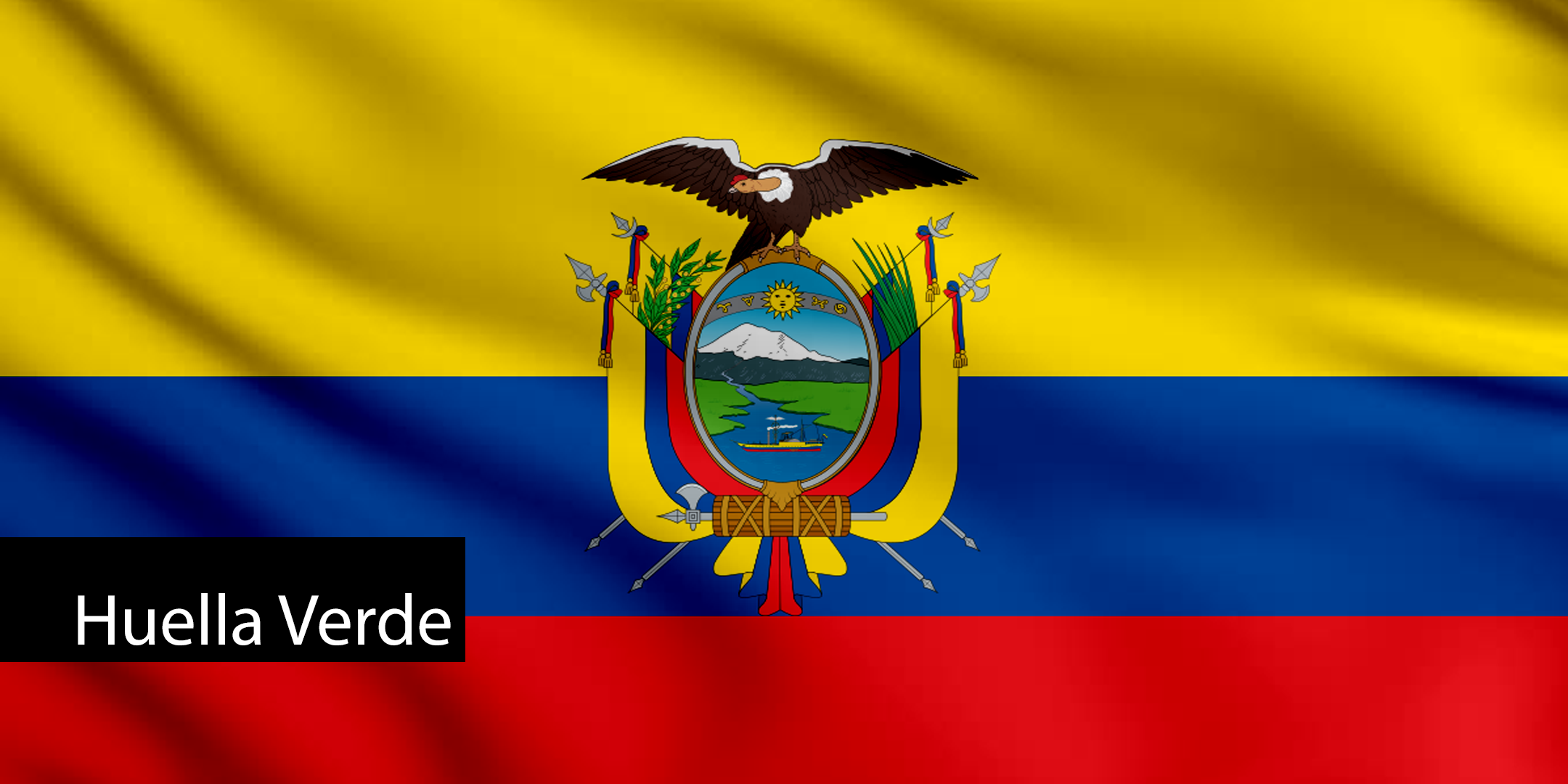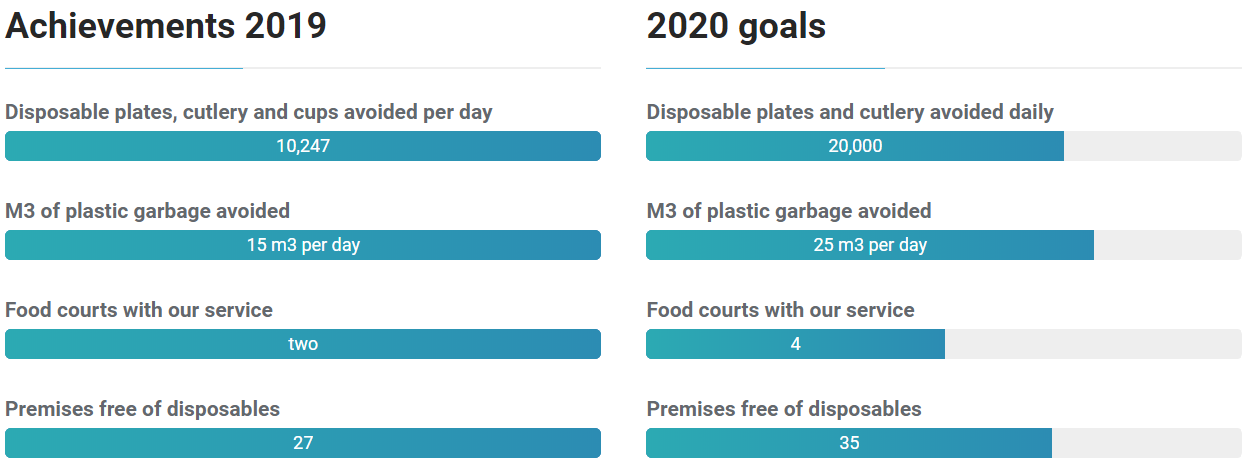
Huella Verde: A Solution to Divert Organic Waste from Landfills
 Huella Verde is working to replace the
traditional linear model of single-use plastics (make, use, dispose) in Ecuador’s shopping mall food
courts with an innovative circular model that diverts waste from landfills to minimize impacts to
human health and the environment.
Huella Verde is working to replace the
traditional linear model of single-use plastics (make, use, dispose) in Ecuador’s shopping mall food
courts with an innovative circular model that diverts waste from landfills to minimize impacts to
human health and the environment.
Reducing Waste and Greenhouse Gas Emissions
Huella Verde has implemented their circular model approach at two shopping mall food courts in Ecuador. Under the circular model, a dishwashing and storage station is installed at a food court, and clean dishes and silverware are delivered daily to each of the food court’s restaurants. In addition, waste collection stations are in the food courts so that dishes, recyclables, and organic materials can be separated. At the end of the day, waste handlers collect and process all materials, including organic waste which is used for animal feed.
This circular approach significantly reduces the amount of single-use plastics and food waste that is generated in food courts. On average, 132 kilograms of organic waste are diverted from landfills daily, significantly reducing greenhouse gas and methane emissions from landfills. This approach also minimizes the generation of plastic and polystyrene garbage that cannot be recycled, and which remains in the environment for hundreds of years. In addition, the consumption of oil, water and energy that is used to produce disposables is avoided, as well as the carbon dioxide emissions resulting from their transport.

Huella Verde’s 2019 Achievements and Goals for 2020
In the future, Huella Verde hopes to implement its circular model in all food courts in Ecuador and Latin America.